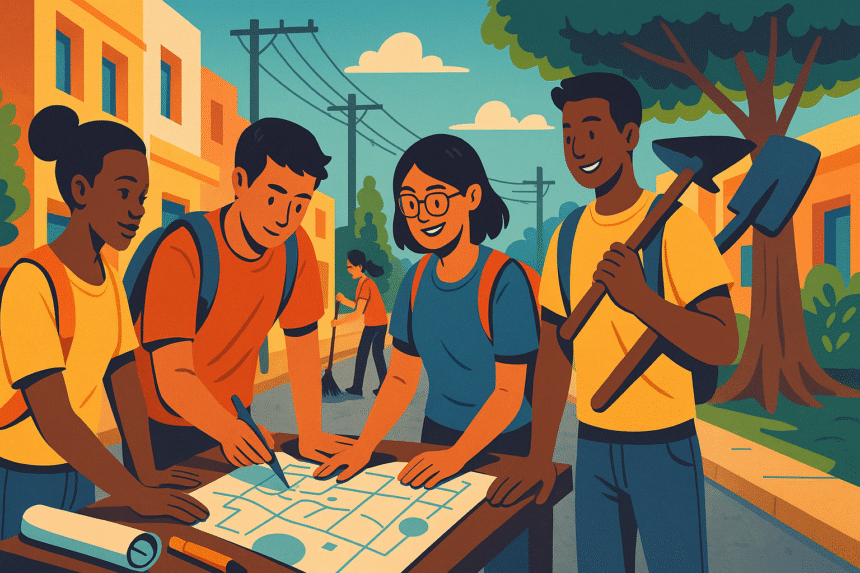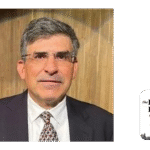The UN says progress on the SDGs is off-track. Nairobi’s International Youth Day flips the script: youth-led projects are delivering results street by street.
The United Nations marked International Youth Day this year with a deliberate shift in emphasis. The official theme—“Local Youth Actions for the SDGs and Beyond”—didn’t frame change in terms of national legislation or multilateral summits. Instead, it put neighborhoods, municipal councils, and community youth groups at the center of the global development story.
For two days in Nairobi, UN-Habitat turned its headquarters into a working lab. Young delegates from more than a dozen countries swapped street-level playbooks: how to map waste flows in a slum, run a mental-health club out of a school library, or get a youth-authored “DeclarACTION” embedded into a city’s annual budget.
UN Secretary-General António Guterres’ video address was blunt: “Global progress begins in communities. And in every corner of the world, young people are leading the way.”
The Urgency Behind the Shift
The optics weren’t just symbolic. The UN’s own 2025 SDG progress report makes for hard reading:
- Only 35% of targets are on track or making moderate progress.
- 47% show insufficient progress.
- 18% have regressed since 2015.
None of the 17 Sustainable Development Goals is on track to be met in full by 2030. UNESCO’s education data adds sharper edges: 272 million young people are still out of school, and learning outcomes remain far below post-2015 commitments.
That’s why “local” is now the operative word. National averages may conceal the gaps, but a broken borewell, an unlit alley, or a missing bus route is a problem that can only be solved—and measured—close to home.
Nairobi’s Case Studies in Action
1. Youth 2030 Cities: Turning Data Into Policy
UN-Habitat’s Youth 2030 Cities initiative has scaled to 14 cities worldwide. It trains youth teams to collect hyperlocal data—street safety audits, waste-collection gaps, air-quality logs—and turn them into “DeclarACTIONs,” formal policy proposals that cities can adopt. In Otavalo, Ecuador, youth findings on walkability fed directly into municipal transport planning.
2. Kibera: Cleaning Streets, Creating Jobs
In Nairobi’s Kibera settlement, Slums Going Green and Clean has transformed waste management from a civic hazard into a livelihood program. Teams of young workers collect, sort, and recycle waste, keeping alleys clean while earning income—hitting SDG 8 (decent work) and SDG 11 (sustainable cities) in one project.
3. Mathare: Farming as Urban Renewal
Nearby in Mathare, the youth group Vision Bearerz replaced a dumpsite with a hydroponic farm and fish ponds. Profits from vegetables and tilapia fund free school meals and drug-prevention programs. As co-founder Joseph Kariaga puts it, “Farming can change the world—but you start with your own block.”
The Global Echo
Local isn’t just an African story. In Asia-Pacific, UNDP reports that 38,000+ youth were reached this year through skills workshops, hackathons, and micro-grants, seeding over 50 youth-led community groups. In Southeast Asia, Singapore’s leadership bootcamps and Indonesia’s green-economy training are designed to plug directly into municipal needs. In the Americas, youth brigades linked to the Pan American Health Organization are running climate-health awareness campaigns in rural clinics.
Why Local Works When Global Stalls
Evidence before advocacy. Successful projects start with numbers: how many streetlights are broken, how many days the school tap runs dry. That credibility gets youth leaders a seat at city hall.
Institutional hooks. Embedding youth proposals into Voluntary Local Reviews (VLRs) or municipal budget cycles ensures continuity beyond one mayor’s term.
Small capital, big leverage. Micro-grants of a few thousand dollars have turned informal collectives into registered cooperatives—unlocking further funding and official recognition.
Cross-goal impact. The most durable efforts solve more than one problem at a time: cleaner streets that improve safety, farming projects that boost nutrition and incomes, school clubs that cut dropout rates while tackling mental health.
Five Ways Young Readers Can Start This Week
- Audit Your Block: Pick one SDG—lighting, waste, mobility—and gather hard data. Present it to your ward office.
- Join or Launch a DeclarACTION: UN-Habitat’s templates make it easier than it sounds.
- Apply for Micro-grants: Look to municipal innovation funds, UNDP country calls, or private CSR programs.
- Partner with Schools or Clinics: Peer-led health, climate, or safety projects integrate easily into existing infrastructure.
- Track and Share: Monthly dashboards—bags of trash collected, trees planted—help win media coverage and future funding.
From Nairobi to Your Street
International Youth Day often trends for 24 hours and disappears. This year’s Nairobi gathering was a reminder that hashtags don’t fix potholes or reopen closed libraries—people do, and often they’re under 30.
If the SDGs are to have a fighting chance in the next five years, the work will be measured not in communiqués from UN headquarters but in the number of new streetlights in Mathare, the tons of compost in Kibera, and the safe walking routes in Otavalo.
Your neighborhood may not make the UN’s final 2030 report. But it could be the reason the report isn’t all bad news.







